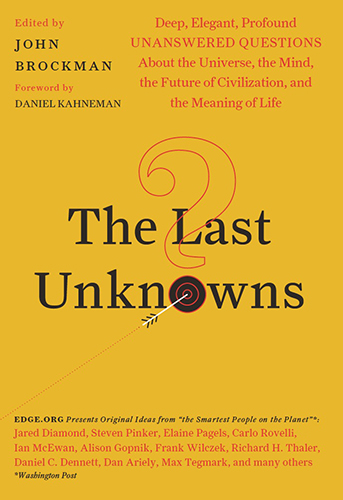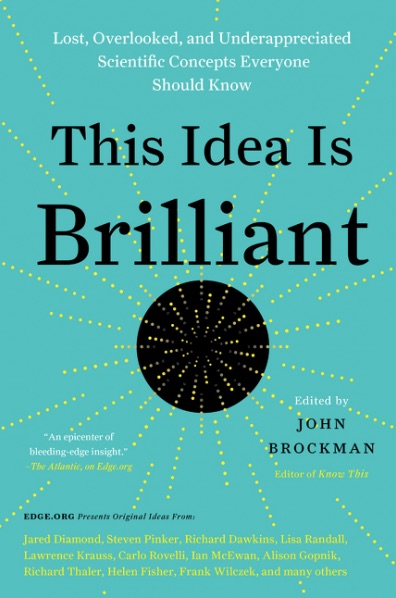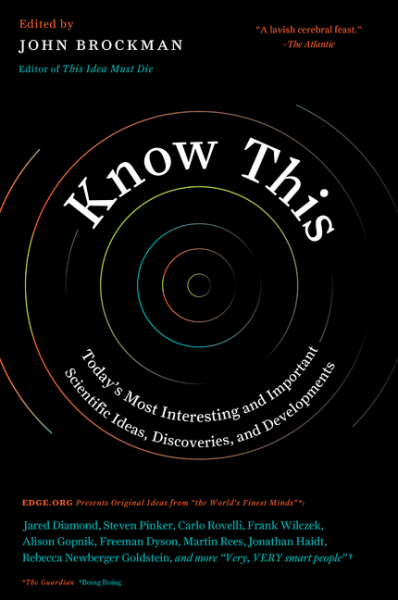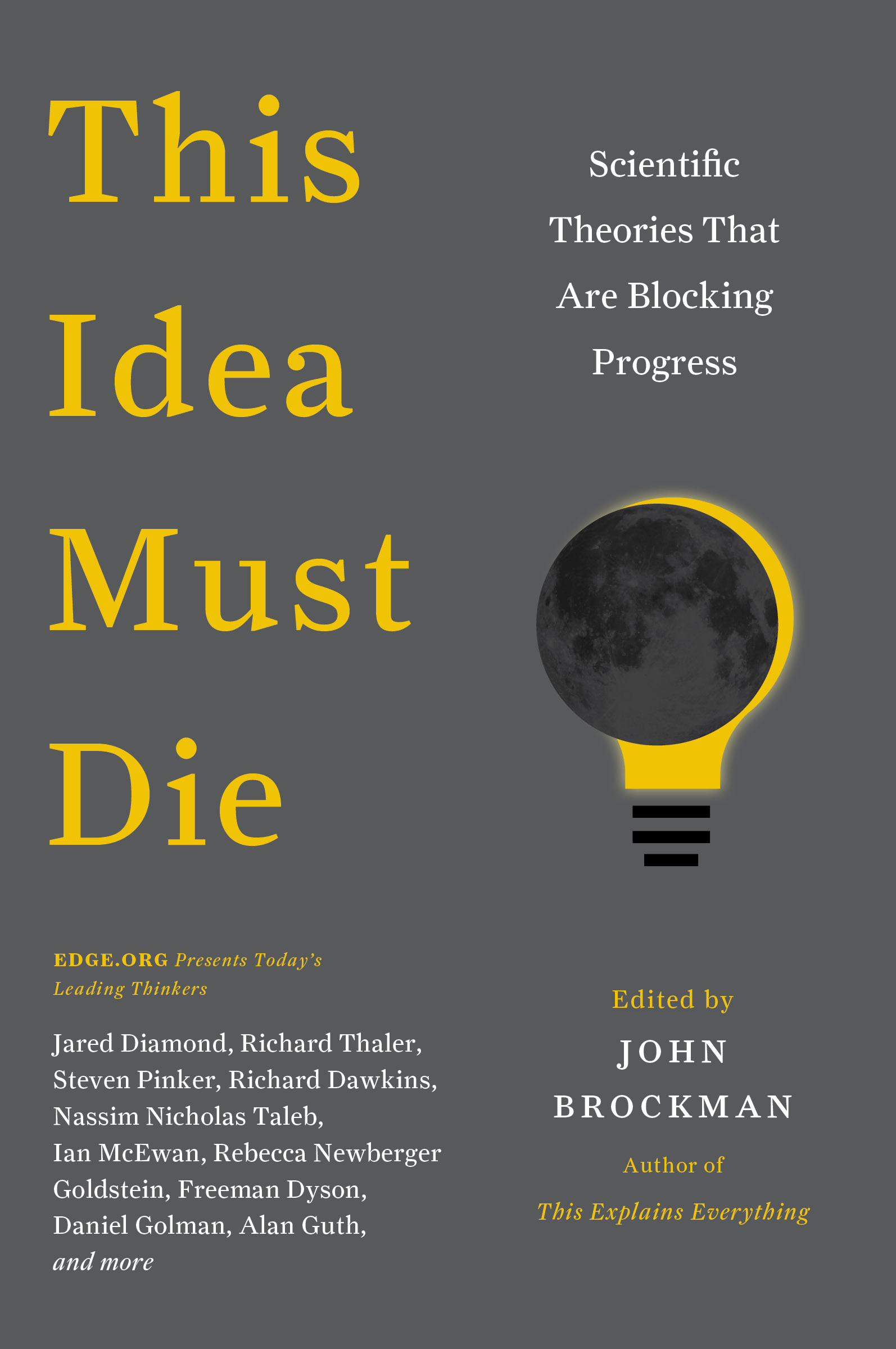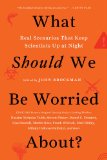Annual Question:
One of my most basic assumptions about the relationship between mental effort and brain function has begun to crumble. Here's why.
My earliest research interests as a psychologist were in the ways mental training can shape biological systems. My doctoral dissertation was a psychophysiological study of meditation as an intervention in stress reactivity; I found (as have many others since) that the practice of meditation seems to speed the rate of physiological recovery from a stressor.
My guiding assumptions included the standard premise that the mind-body relationship operates according to orderly, understandable principles. One such might be called the "dose-response" rule, that the more time put into a given method of training, the greater the result in the targeted biological system. This is a basic correlate of neuroplasticity, the mechanism through which repeated experience shapes the brain.
For example, a string of research has now established that more experienced meditators recover more quickly from stress-induced physiological arousal than do novices. Nothing remarkable there. The dose-response rule would predict this is so. Thus brain imaging studies show that the spatial areas of London taxi drivers become enhanced during the first six months they spend driving around that city's winding streets; likewise, the area for thumb movement in the motor cortex becomes more robust in violinists as they continue to practice over many months.
This relationship has been confirmed in many varieties of mental training. A seminal 2004 article in the Proceedings of the National Academy of Science found that, compared to novices, highly adept meditators generated far more high-amplitude gamma wave activity — which reflects finely focused attention — in areas of the prefrontal cortex while meditating.
The seasoned meditators in this study — all Tibetan lamas — had undergone cumulative levels of mental training akin to the amount of lifetime sports practice put in by Olympic athletes: 10,000 to 50,000 hours. Novices tended to increase gamma activity by around 10 to 15 percent in the key brain area, while most experts had increases on the order of 100 percent from baseline. What caught my eye in this data was not this difference between novices and experts (which might be explained in any number of ways, including a self-selection bias), but rather a discrepancy in the data among the group of Olympic-level meditators.
Although the experts' average boost in gamma was around 100 percent, two lamas were "outliers": their gamma levels leapt 700 to 800 percent. This goes far beyond an orderly dose-response relationship — these jumps in high-amplitude gamma activity are the highest ever reported in the scientific literature apart from pathological conditions like seizures. Yet the lamas were voluntarily inducing this extraordinarily heightened brain activity for just a few minutes at a time — and by meditating on "pure compassion," no less.
I have no explanation for this data, but plenty of questions. At the higher reaches of contemplative expertise, do principles apply (as the Dalai Lama has suggested in dialogues with neuroscientists) that we do not yet grasp? If so, what might these be? In truth, I have no idea. But these puzzling data points have pried open my mind a bit as I've had to question what had been a rock-solid assumption of my own.

